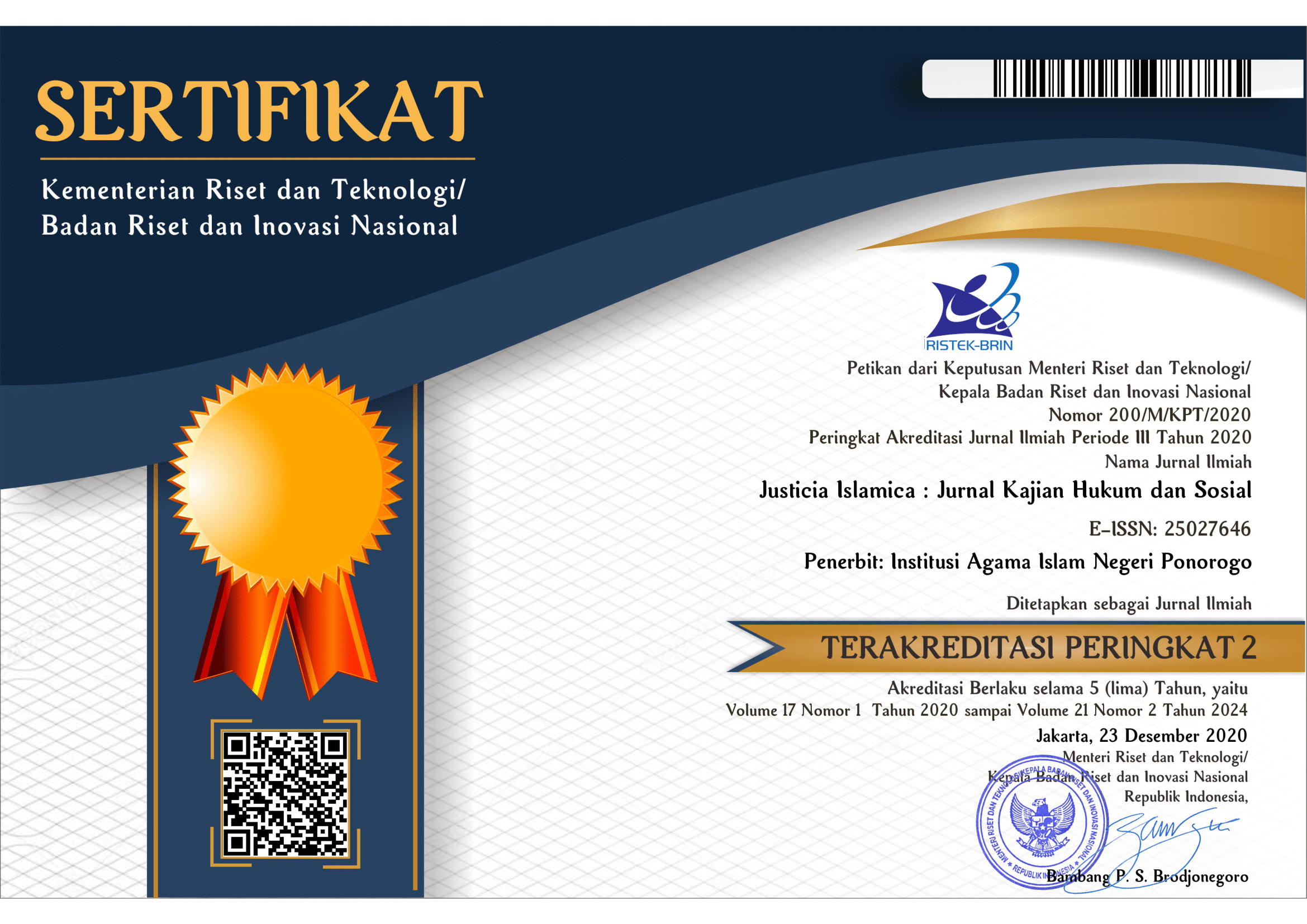Kritik Nalar Ushul Fiqh
Telaah Komentar Ibnu Rushd Atas Ushul Fiqh al-Ghazali
Keywords:
legal criticism; rationality; istihsanAbstract
This study aims to examine Ibn Rushd's criticism of al-Ghazali's usul fiqh reasoning, especially in the aspects of methodology and rationality of Islamic law. Ibn Rushd, as a philosopher and faqih, tried to balance philosophical reasoning and shar'i rules in responding to al-Ghazali's approach, which was considered too theocentric and Sufi. This study uses a qualitative method with a literature study approach, analyzing the main works of both figures such as al-Mustashfa and Bidayat al-Mujtahid. The results show that Ibn Rushd criticized the tendency towards subjectivity in the istihsan and maqashid methods used by al-Ghazali, and emphasized the importance of a rational approach and logical consistency in the istinbath of law. This study shows the intellectual dynamics in classical usul al-fiqh, as well as Ibn Rushd's contribution to strengthening the framework of Islamic legal rationality.
References
.
Downloads
Published
Issue
Section
License

This work is licensed under a Creative Commons Attribution-ShareAlike 4.0 International License.
Requirements to be met by the author as follows:
- Author storing copyright and grant the journal right of first publication manuscripts simultaneously with licensed under the CC BY-SA allows others to share the work with a statement of the work's authorship and initial publication in this journal.
Authors can enter into the preparation of additional contractual separately for the non-exclusive distribution of a decadent version of the journal issue (e.g., post it to an institutional repository or publish it in a book), with the recognition of initial publication in this journal.
Authors are allowed and encouraged to post their work online (e.g., in institutional repositories or on their website) before and during the submission process because it can lead to productive exchanges and citations earlier and more severe than published works. (see The Effect of Open Access).
This work is licensed under CC BY-SA.


















